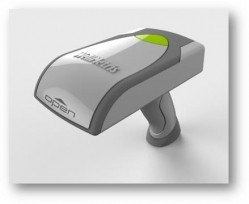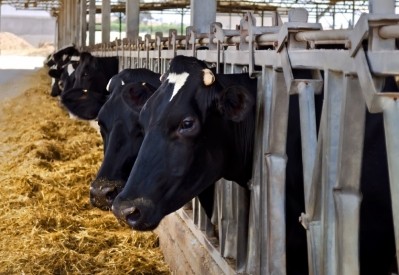HEPI develops ‘advanced warning’ technology to assess health of transition cows and ‘shipping fever’ calves

Michigan-based development stage company HEPI said the purpose of the test is to profile animals susceptible to stress-induced conditions that may then progress into infectious diseases or autoimmune disorders.
The company has already developed a test on the human side – called the Wellness Profile – which it describes as a rapid, non-invasive urine test that gauges the level of oxidative stress, inflammation and antioxidant capacity to arrive at a unique assessment of an individual’s health and metabolic status. A trial for the Wellness Profile is being run under the aegis of HEPI subsidiary WellMetris LLC and is being conducted at select Powerhouse Gyms locations.
“At the behest of one of our directors, we started looking at the potential in the animal market,” Andrew Dahl, HEPI president and CEO, told us.
Transition cows
One such avenue relates to the transition cow, which refers to a time period starting that runs from about three weeks before calving until about a month afterwards. Tremendous hormonal and metabolic changes occur during this time, and it is also the period associated with the majority of disease events in a dairy cow’s life, including bovine mastitis.
“This transition period places cows in an extreme amount of stress, and many get sick during the process,” explained Dahl. “Chronic mastitis will plague them for the rest of their productive lives, and results in a loss of milk production.”
Mastitis is considered the most important health disorder on dairy farms, with the prevalence of mastitis in dairy herds typically reported to be about 20-25%. While the numbers vary depending upon which aspect of bovine mastitis is being studied, it is widely accepted that the economic impact is $2.8 billion in production losses per year in the US alone.Furthermore, the problem extends globally, with nearly 244 million cows at risk worldwide. The US dairy herd of 9 million represents only 3% of the global dairy herd.
The company has therefore developed a urine test to assess nine critical biomarkers present in the urine. “It’s an advanced warning to show when a cow is moving beyond acceptable stress levels,” he said.
HEPI has filed six patents on the technology and is currently looking for partners, such as large dairy operators, for further testing.
“We think it will be a really helpful product,” he said.
Shipping fever
The technology could also be applicable on the meat production side, said Dahl, with potential for Bovine Respiratory Disease (BRD) or ‘Shipping Fever’, which is the costliest problem for feedlot operator.
According to a 2010 report by Dr. Ram Kasimanickam from the Washington State University Veterinary Medicine Extension: “BRD, also called ‘shipping fever’, causes major economic losses to the producer by reducing average daily gain, feed efficiency, and overall performance of beef calves.”
The weaning process, during which calves are “handled, commingled, and shipped to other locations”, is considered very stressful, and this stress has a negative impact on the immune system of the animals, making them more susceptible to BRD.
“Feedlot operators need to be able to monitor the animals using a quick tool, and then intervene with something that works quickly,” explained Dahl.
“The biomarkers we test for are all cited in the veterinary literature, and are well recognized. We’ve designed dry chemistry and can assess biomarkers on site in about two minutes. We’re now working to assure the operators that our dry chemistry accurately reflects the wet chemistry they would have been doing with blood and urine samples.”
The technology should be available soon, said Dahl, with prototypes finished by July, and then testing will potentially begin with dairy producers.













